Rohit Sharma shows frustration after dismissal to Starc for 73 — what happened and why it matters
Rohit Sharma provided one of the standout innings of the match but left the Adelaide Oval visibly frustrated after being dismissed by Mitchell Starc for 73. His knock anchored India’s total, but Australia chased the target down to clinch the ODI series. Here’s a clear, fact-checked breakdown of the innings, the dismissal, and what it might mean for Rohit and the team going forward.
Quick match snapshot: Rohit Sharma’s 73 in context
Rohit Sharma top-scored for India with a gritty 73 off 97 balls as India posted 264 for 9 in the second ODI at Adelaide on October 23, 2025. India’s total looked competitive for much of the innings thanks largely to Rohit’s effort and a useful 61 from Shreyas Iyer, but Australia chased the score down and won by two wickets, sealing the three-match series 2–0.
Why Rohit’s 73 mattered
Rohit’s innings came after a difficult start for India in the series and showed temperament on a testing Adelaide surface. He rebuilt the innings at a time when India needed stability, putting together a partnership that stopped early collapses and helped India reach a defendable total. Several match reports described the knock as “gritty” and a return to form in challenging conditions.
The dismissal: how it unfolded
Rohit Sharma was dismissed by Mitchell Starc, caught by Josh Hazlewood, after attempting an assertive pull that didn’t come off. The scorecard records the dismissal as “c Hazlewood b Starc — 73,” and ball-by-ball commentary shows Rohit trying to accelerate his strike rate late in the innings before edging that pivotal chance.
What the dismissal tells us
Two things stand out from the wicket itself. First, Rohit was trying to up the tempo — his fifty had been a relatively slow one by his standards, and he sought to finish strongly. Second, Starc’s pace and bounce posed problems at that point in the innings; Rohit’s shot selection was aggressive and perhaps just a touch early, leaving room for a top-class fast bowler to force an error. Match commentators noted the risk-reward trade-off in Rohit’s approach.
The visible frustration: why fans noticed
After his wicket, video clips and match reports captured Rohit Sharma showing clear frustration — a brief flinch and visible disappointment as he walked off. That reaction was natural: Rohit had done the hard work to stabilize the innings and expected to add late runs that might have made the total more imposing. Media outlets and social clips highlighted that emotion, describing it as an honest, human moment rather than an overreaction.
A captain’s temperament vs a batsman’s instinct
Rohit’s reaction also underlines the tension many senior players feel between leadership responsibility and batting instinct. Even when not captain, Rohit sets a standard: he wants to maximize every opportunity. When an attempt to accelerate fails, frustration is a normal response — especially in a tight series where small margins matter. Observers flagged the moment as relatable rather than controversial.
What this innings means for Rohit Sharma’s form and selection
Rohit Sharma’s 73 is significant because it shows he still has the patience and technique to battle in tough conditions. However, the innings also raised questions about strike rate and finishing — metrics that matter in modern ODI cricket.
Good signs
The knock proved Rohit can still anchor an innings, read bowlers on turning or seam-friendly tracks, and marshal partnerships when early wickets fall. That’s valuable for any side and bodes well for his short-term form.
Areas to work on
The relative slowness of the fifty and the late dismissal suggest Rohit might need to find the right moments to accelerate more efficiently. India’s bowlers were unable to defend 264, so even solid batting contributions must be paired with higher scoring in the last 10–15 overs to set a more formidable target. Analysts are likely to press on both tactical choices and death-over planning.
Bigger picture: the series and team implications
Australia’s win at Adelaide secured the series 2–0, and while Rohit Sharma’s innings was a bright spot, it wasn’t enough to change the result. The match exposed India’s bowling vulnerabilities in the death overs and revived debates over selection choices and tactical calls. For Rohit personally, the innings is a reminder of his ongoing value to the side and where marginal gains could be made.
Takeaways for fans and fantasy selectors
If you follow Rohit Sharma in fantasy leagues or simply track his form, this innings confirms he remains a reliable top-order anchor. Expect him to continue scoring key half-centuries, but temper expectations about explosive late-innings hitting on pitches that offer pace and bounce.
Quick tips
- Rohit Sharma is a solid pick in formats where innings-building is rewarded.
- Monitor pitch and opponent conditions: against top-quality pace attacks like Australia’s, strike rate can dip.
- Watch the team’s death-bowling plans — individual runs matter more if the bowling unit can defend totals.
Final word: Rohit Sharma’s reaction was human — and useful to study
Rohit Sharma’s visible frustration after being dismissed to Mitchell Starc for 73 was a human moment caught in a high-pressure professional setting. It underlines his hunger and competitive nature, qualities that have made him one of India’s most successful white-ball batsmen.
At the same time, the match highlights the fine margins in modern ODIs: a well-played 73 can still be in vain if the team doesn’t convert partnerships into a truly imposing total or finish strongly with the ball. For Rohit, the innings is a nudge — keep doing the hard work, tighten the finish, and the runs and results will follow.
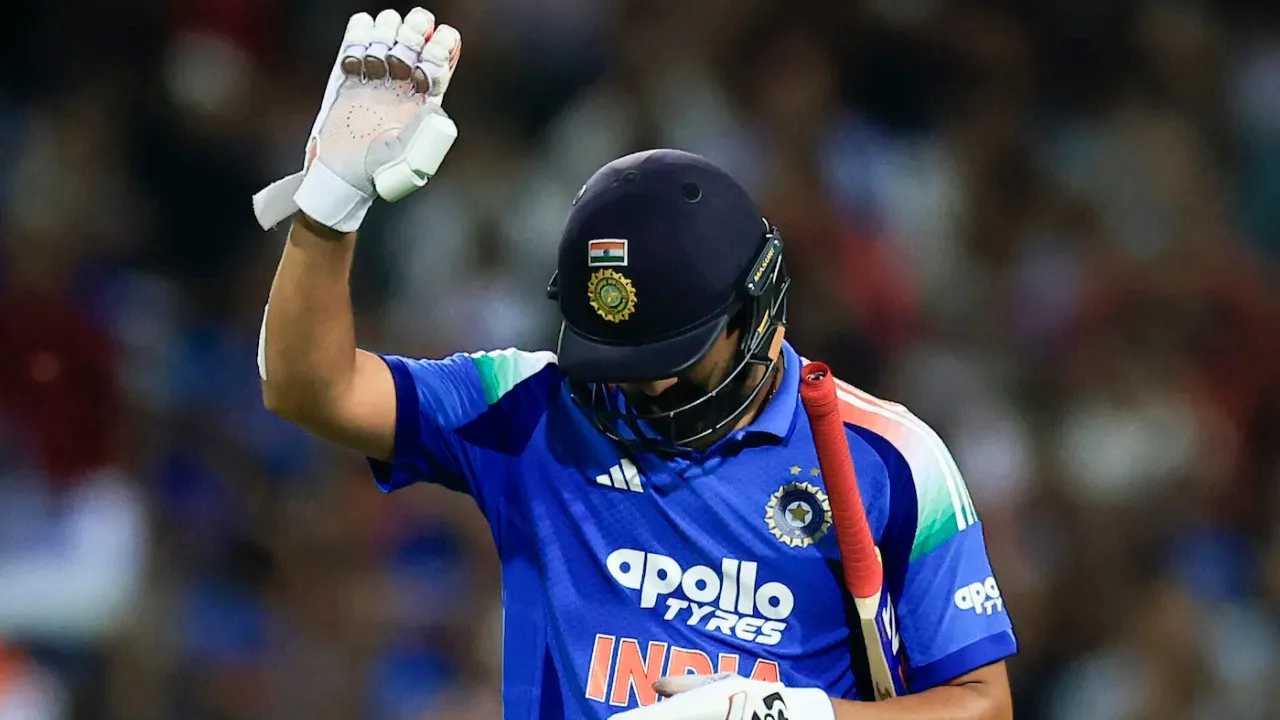


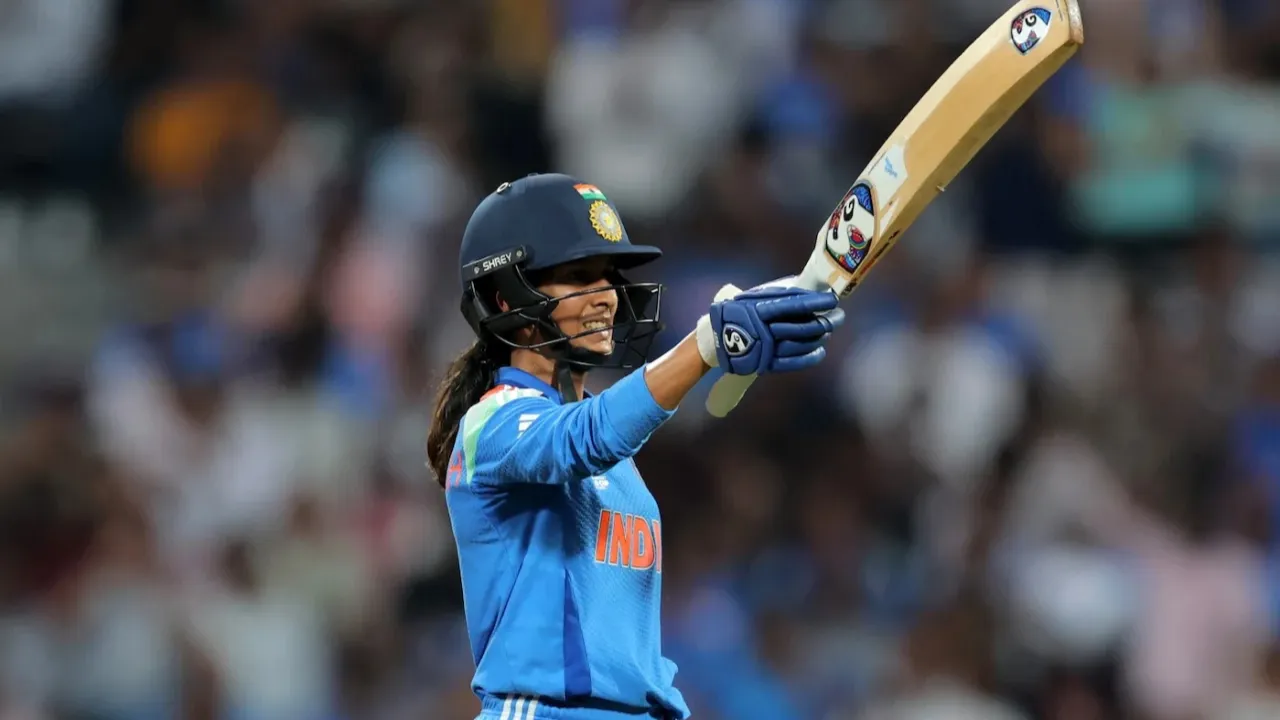











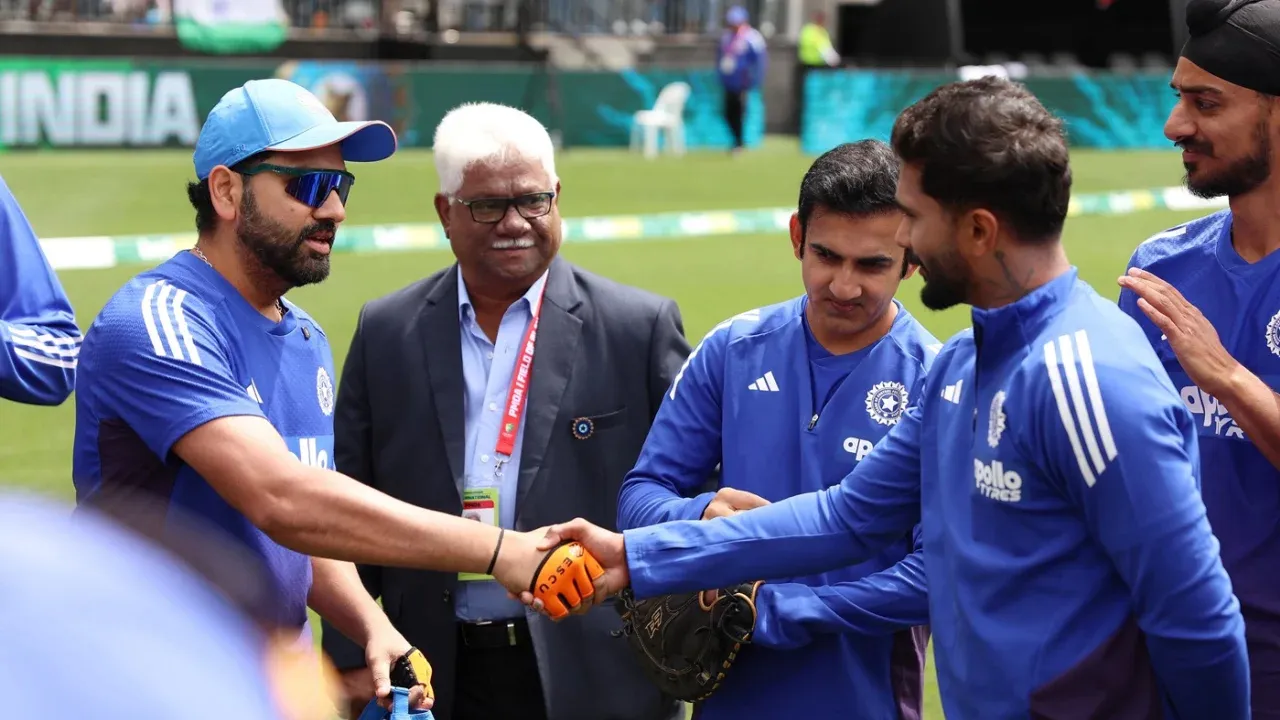







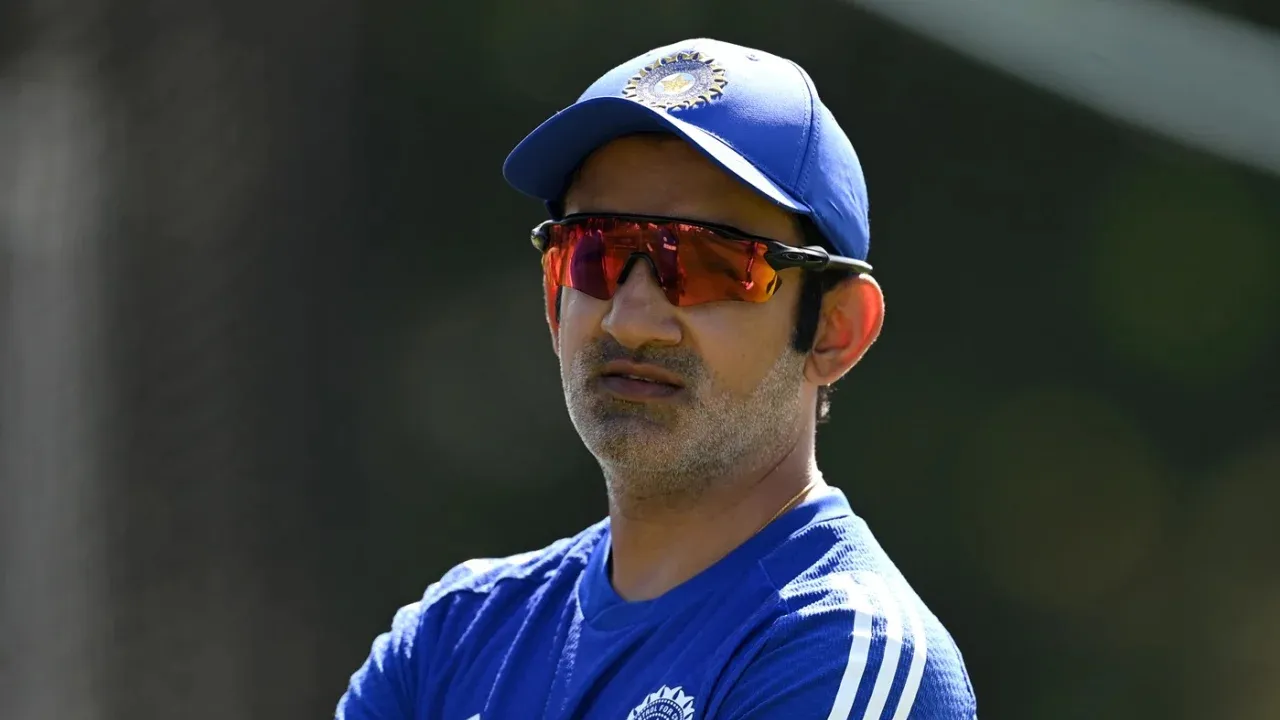

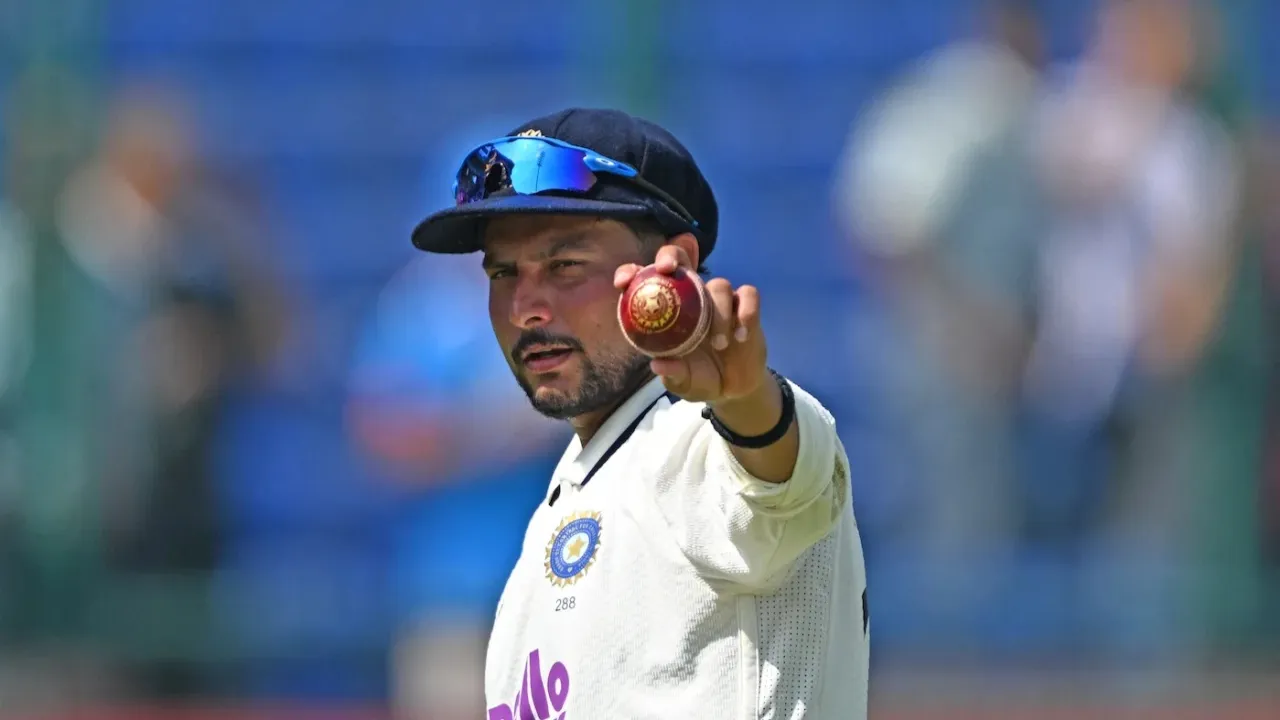











Ravi Shastri Breaks Silence on Family Travel Diktat!